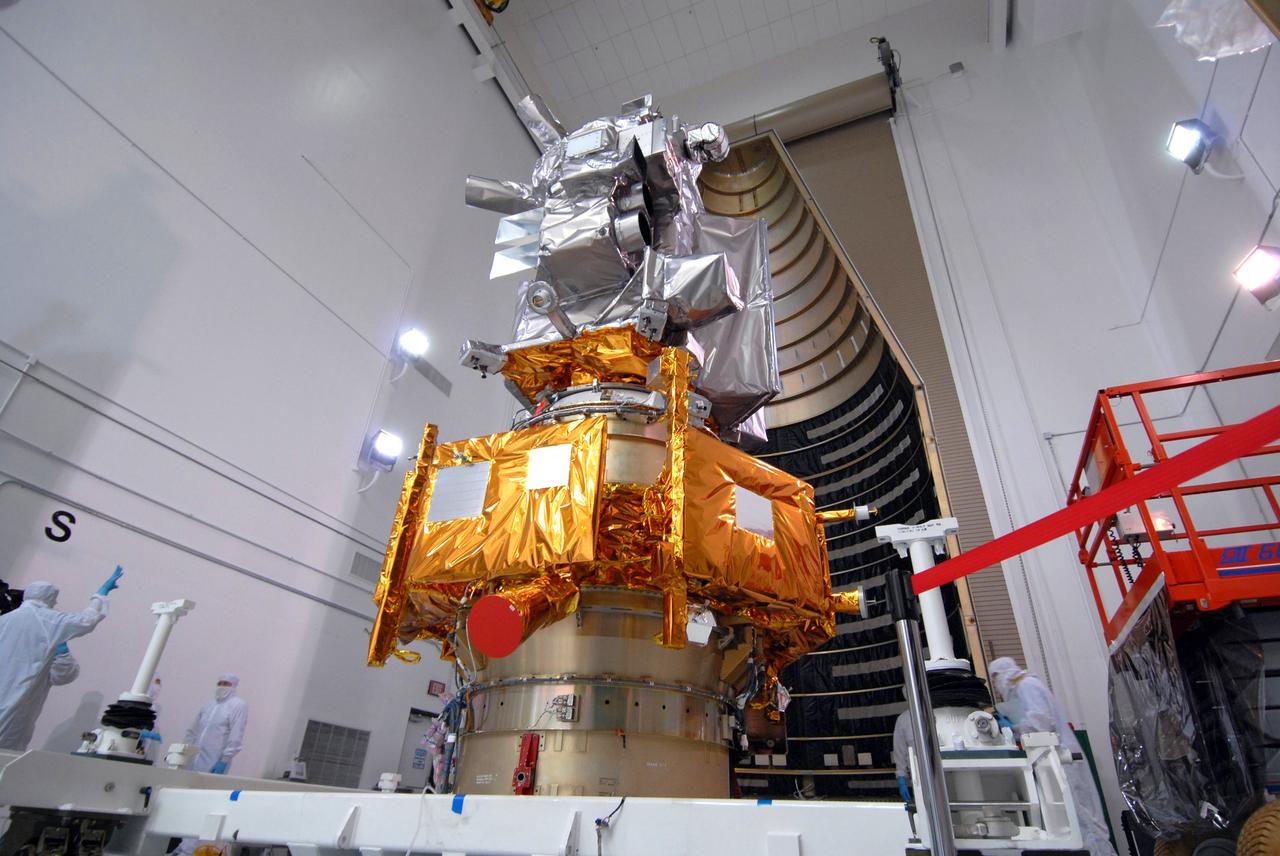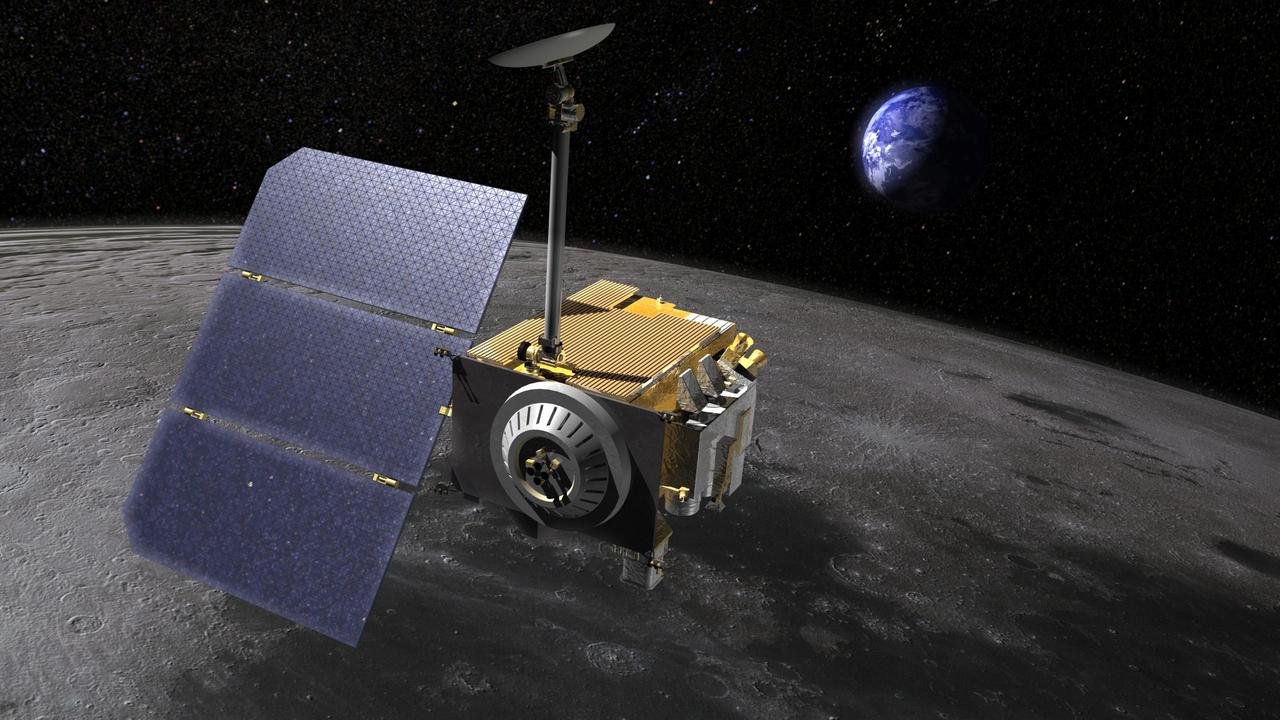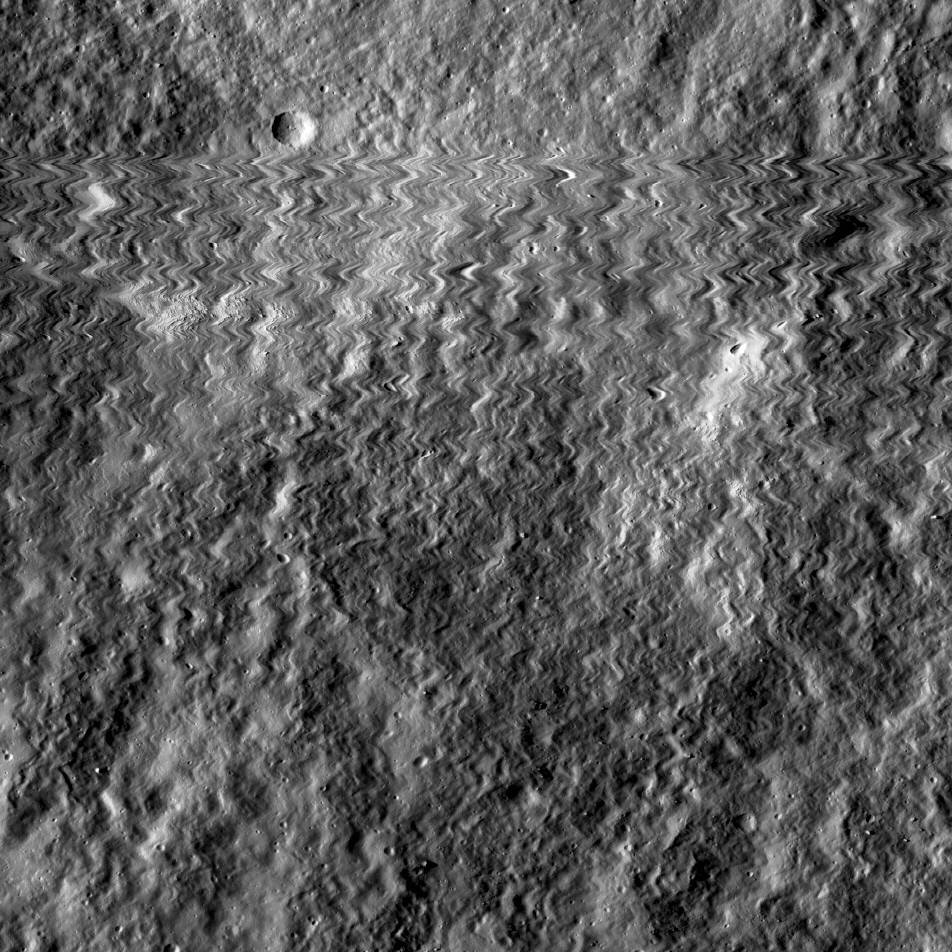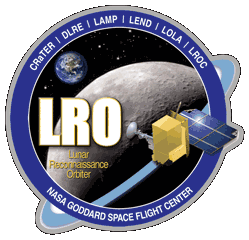Lunar Reconnaissance Orbiter | Mapping The Moon
Revealing The Lunar Surface
NASA's Lunar Reconnaissance Orbiter (LRO) is an unmanned spacecraft in polar lunar orbit, which was designed to image the lunar surface to help identify if water-ice exists in the dark polar craters and where the resources, and best landing sites, are for possible future manned missions. The high-resolution images are revealing amazing landforms as well as the Apollo moon landing sites in detail – putting to rest all those silly conspiracies!
LRO Fast Summary Facts
- Type: Orbiter
- Destination: Earth’s Moon
- Status: Active (2009 - )
- Launch Location: Cape Canaveral, Florida
- Launch Date: June 19th 2009
- Arrival Date: June 23rd 2009
- Mission Duration: 1-year primary, multiple extensions 8+ years
Interesting Facts About NASA’s LRO!
- The LRO's primary objectives were to make high-resolution maps of the lunar surface (including the Apollo landing sites), its composition, seek out potential water-ice that may exist in permanently dark polar craters, potential landing sites and resources for future exploration.
- As part of a regular NASA public relations program, members of the public were offered the opportunity to submit their names to be placed on a microchip and launched with the LRO! About 1.6 million names were submitted. So cool to have your name orbit the Moon!
- At launch, LRO weighed 1,916 kilograms (4,224 lbs) (nearly 50% being onboard propellant) and was launched aboard the Atlas V rocket.
- The probe utilizes solar panels for power generation (generating 1,850 Watts).
- LRO initially orbited the Moon at an altitude of about 50 kilometres (31 miles) in a near-polar orbit to maximize the ability to image the entire surface.
- Later the orbit was lowered to only 20 kilometres over the south pole to observe the areas of permanent darkness in more detail before returning to a higher fuel-conserving elliptical orbit.
- The NASA LCROSS mission was launched with the LRO, which involved crashing the Centaur upper rocket stage into a polar crater which is in permanent shadow to observe if water-ice was ejected.
- The orbiter has provided images for over 98.2% of the Moon’s surface (all but the dark craters at the poles) to create a lunar 3D map! Wow, that’s awesome!
- The LRO has also returned high-resolution images of the six Apollo landing sites (along with other American and Russian probes) which even shows the astronaut’s footprints!
- Another discovery revealed by the LRO is that the Moon is bombarded by meteorites more than previously thought, as the LRO has identified at least 47,000 new ‘splotches’ from impacts over 8 years of observations.
- The total cost of the LRO mission alone is estimated to be $505 million USD.







LRO Prepared
LRO Mated to it's Atlas V
Detailed Imaging
Tycho Crater
Apollo 15 Site
Apollo landing sites
Meteoroid Hit



